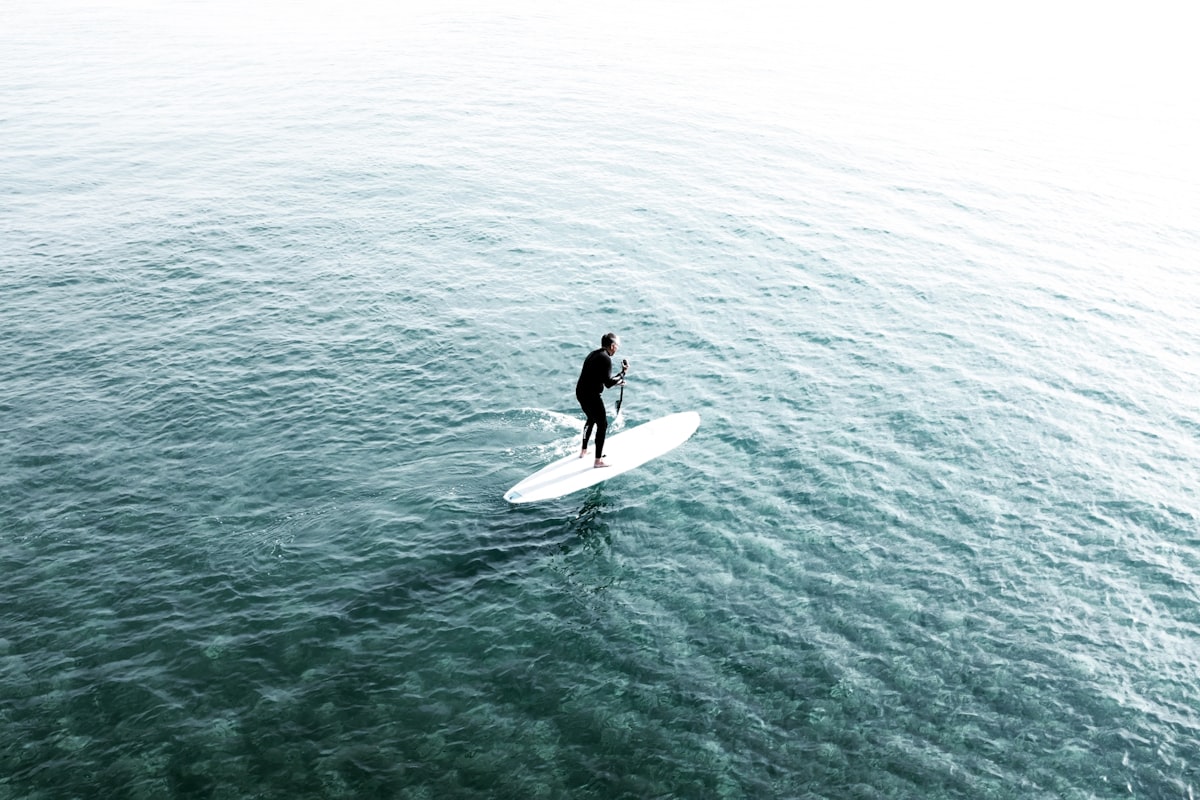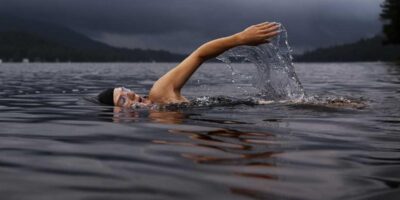Paddle boarding is an increasingly popular water sport that not only offers a fun and engaging way to explore waterways but also provides a fantastic full-body workout. Traditionally, paddle boarding is performed while standing upright on the board, which can be intimidating for beginners or those with balance issues. This leads to a common question: Is it OK to sit on a paddle board?
The short answer is yes, it is perfectly fine to sit on a paddle board. In fact, sitting can be an ideal position for various activities and circumstances while paddle boarding. Here’s a deeper look into why sitting on a paddle board is acceptable and sometimes even recommended.
### Benefits of Sitting on a Paddle Board
**1. Stability:** For beginners, maintaining balance can be challenging. Sitting down lowers your center of gravity, which significantly increases stability on the board. This position can help new paddlers gain confidence as they feel more secure and less likely to fall into the water.
**2. Versatility:** Paddle boards are versatile watercrafts that can be used not just for stand-up paddling but also for kayaking. Many paddle boards come with D-rings where you can attach a kayak seat and a paddle with a blade on both ends. This transforms the paddle board into a sit-on-top kayak, giving you the flexibility to switch between standing and sitting as you wish.
**3. Rest:** During long paddling sessions, standing continuously can be tiring. Sitting down allows paddlers to rest and recover while still being able to move around. It’s also a comfortable position to take in the surroundings, whether it’s watching wildlife, fishing, or simply relaxing.
**4. Accessibility:** Paddle boarding is an inclusive sport that encourages participation from people of all ages and abilities. For individuals who have difficulty standing for extended periods due to health issues, sitting down on the board provides an opportunity to participate and enjoy the water.
### How to Sit on a Paddle Board
Sitting on a paddle board is straightforward, but doing it correctly can enhance your comfort and control. Here are some tips:
– **Find the right spot:** Sit near the center of the board where it is widest for optimal balance. Avoid sitting too far back as it can make the board tip upwards and slow you down.
– **Use a seat:** If you plan on sitting frequently, consider investing in a detachable kayak seat. These seats offer back support and make sitting more comfortable. They are easy to install and remove, depending on your preference.
– **Adjust your paddle:** If you are using a single-blade paddle, you might need to adjust its length or switch to a shorter one when sitting. For dual-bladed paddles, ensure they are long enough to paddle comfortably without straining.
### Safety Considerations
While sitting on a paddle board is generally safe, there are a few safety considerations to keep in mind:
– **Wear a life jacket:** Regardless of whether you are sitting or standing, wearing a life jacket is crucial for safety, especially in deep or moving water.
– **Be mindful of weather conditions:** High winds and strong currents can make controlling a seated paddle board more challenging. It’s important to assess the weather conditions and your ability to manage them before deciding to sit down.
– **Practice getting back on:** If you fall off, getting back onto a paddle board from a seated position can be harder than from standing. Practice re-boarding your paddle board from the water in a safe environment.
### Conclusion
Sitting on a paddle board is not only OK, but it is also a practical choice for many paddlers. Whether you’re a beginner looking for stability, someone interested in a relaxed paddling experience, or facing physical limitations, sitting down can enhance your paddle boarding experience. With the right equipment and safety precautions, you can enjoy the flexibility and comfort that sitting on a paddle board provides, making your time on the water even more enjoyable.
Recommended SUP Gear
GYMMALL Inflatable Paddle Board
Complete SUP package for all skill levels.

FunWater Inflatable SUP
Ultra-light board with all accessories included.
As an Amazon Associate, we earn from qualifying purchases.





Leave a Reply